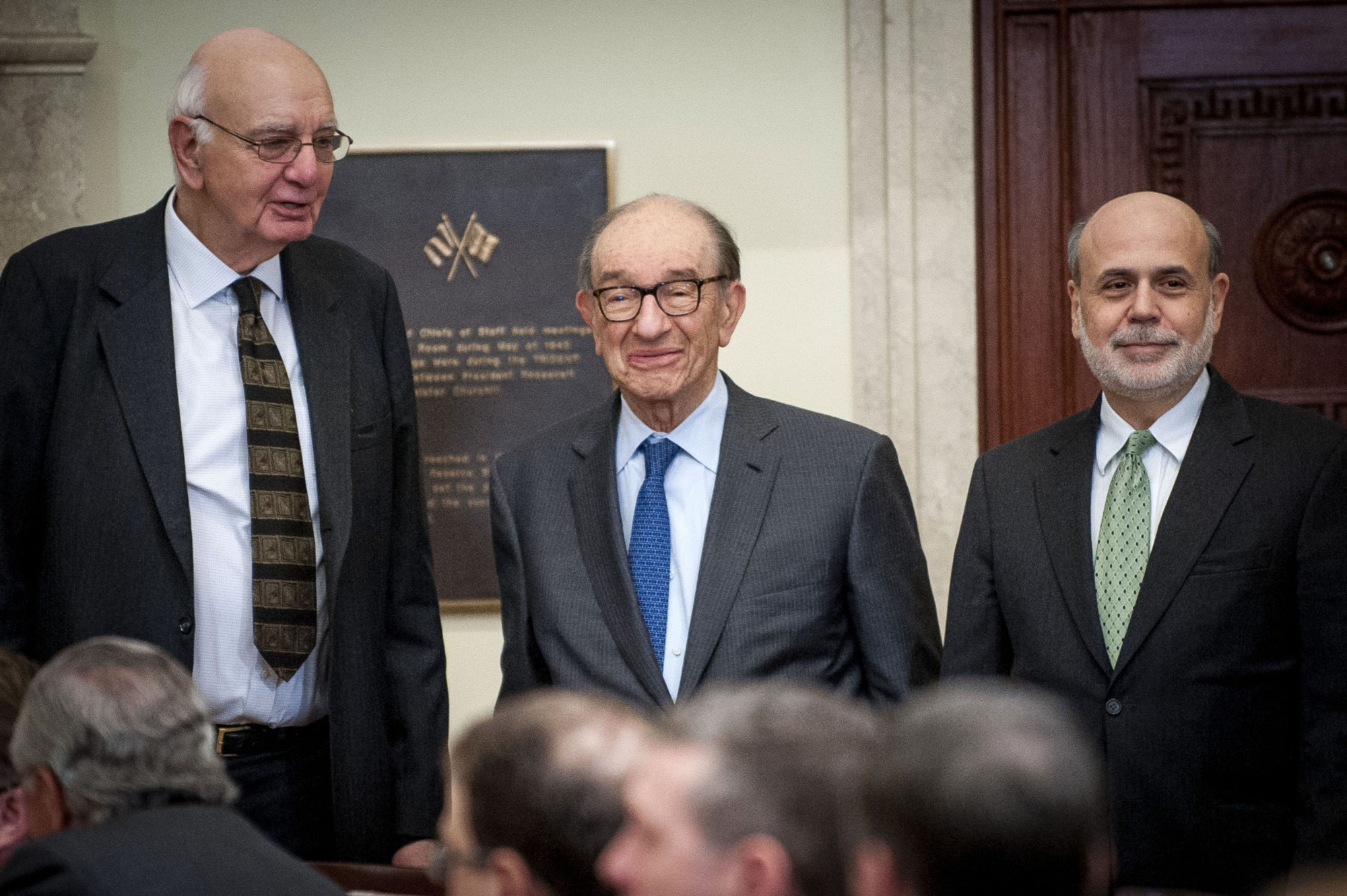The world has lost a great warrior for price stability. Paul Volcker led a determined campaign to restrain double-digit inflation as the U.S. Federal Reserve's chair in the 1980s and exerted a powerful influence over U.S. economic policy for decades to follow. Just a couple of years ago, when he was nearly 90, he grilled me on the inflationary potential of Abenomics, Prime Minister Shinzo Abe's economic-reform strategy (I was an adviser on formulating the strategy). But despite Volcker's praiseworthy achievements, it is worth considering the relevance of his approach in today's low-inflation environment.
In 1936, when John Maynard Keynes published "The General Theory of Employment, Interest and Money," global price movements were sluggish. Assuming that below-zero inflation would remain relatively rigid and basing inflation expectations on past outcomes, Keynes prescribed large-scale fiscal expenditure. This helped countries to escape from the deflation of the Great Depression. But after World War II erupted in 1939, inflation surged in many countries, including Greece, Hungary and the Philippines. In the United States, inflation reached double-digit rates in 1942 and 1947.
When Volcker became Fed chair in August 1979, U.S. inflation was again at double-digit levels — 11.35 percent — and rising. To rein it in, and stabilize the wider global economy, the Fed hiked interest rates despite the backlash from some U.S. industries. When he left his post in 1987, the inflation rate was below 4 percent (its peak since then is 5.4 percent, in 1990).



















With your current subscription plan you can comment on stories. However, before writing your first comment, please create a display name in the Profile section of your subscriber account page.